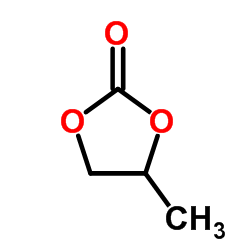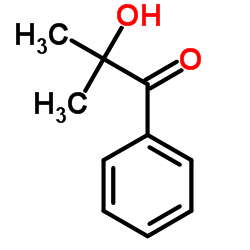| Structure | Name/CAS No. | Articles |
|---|---|---|
 |
Chloroform
CAS:67-66-3 |
|
 |
bisphenol A
CAS:80-05-7 |
|
 |
Sodium perchlorate
CAS:7601-89-0 |
|
 |
Propylene carbonate
CAS:108-32-7 |
|
 |
2-Hydroxy-2-methyl propiophenone
CAS:7473-98-5 |